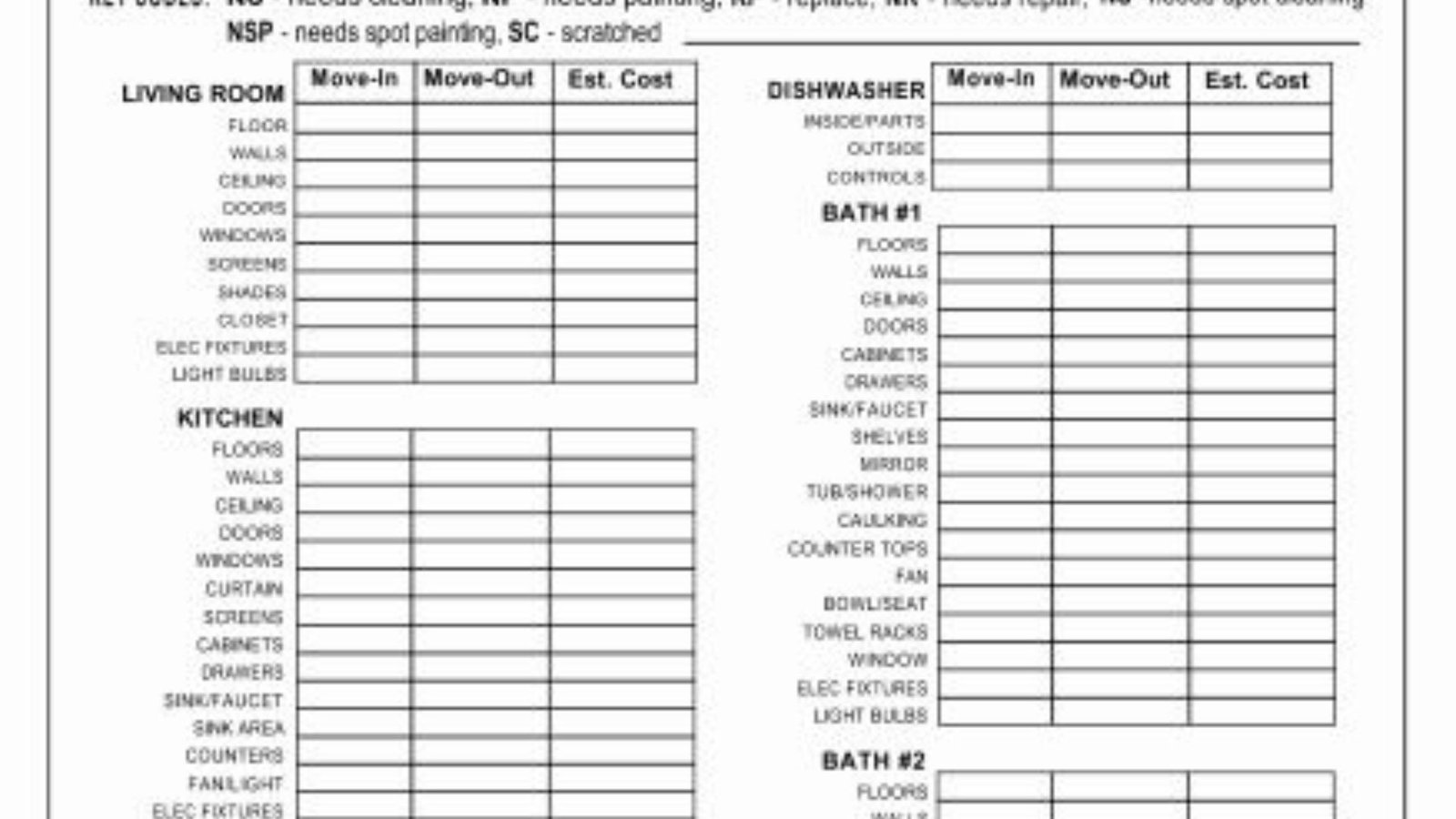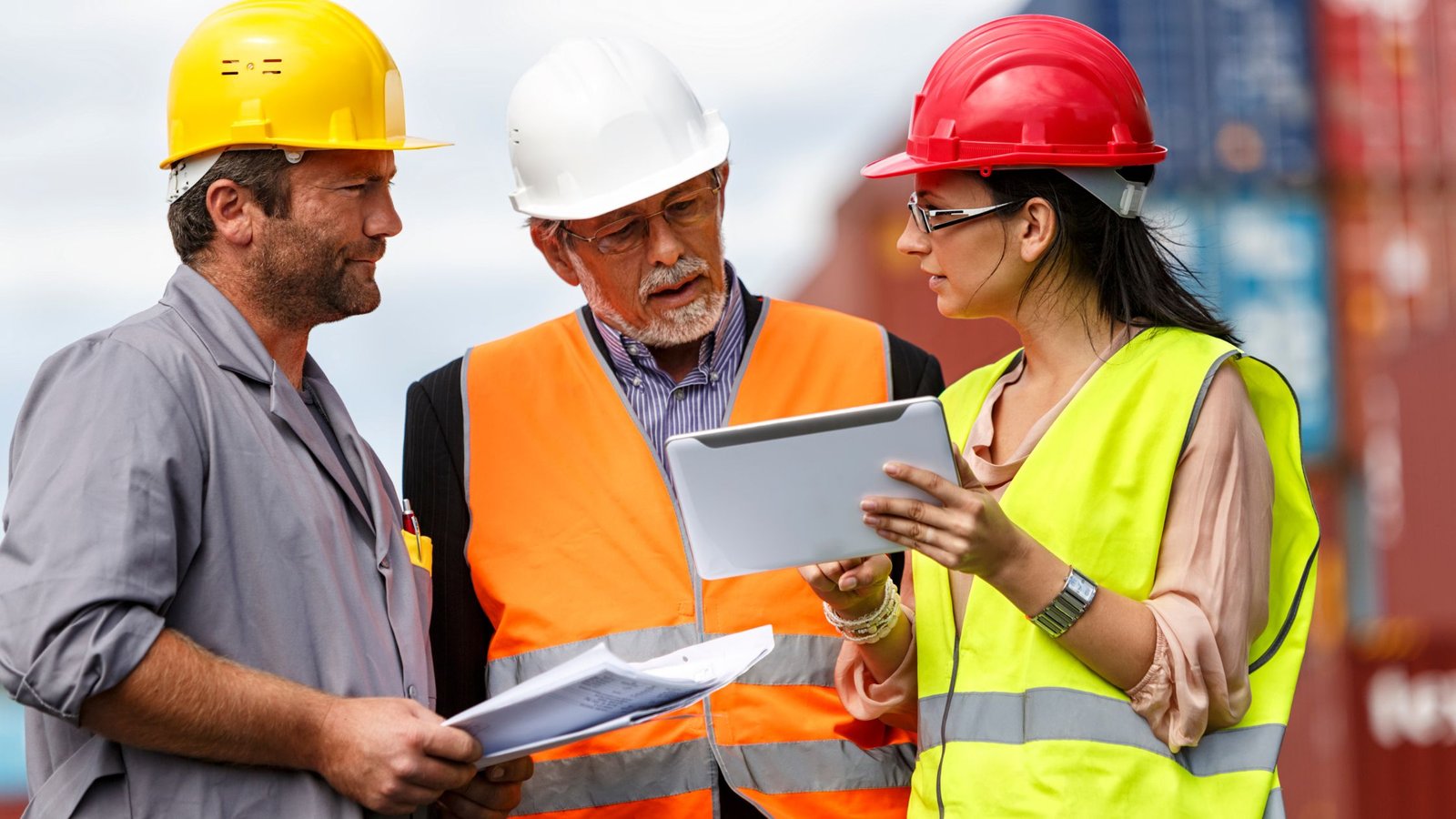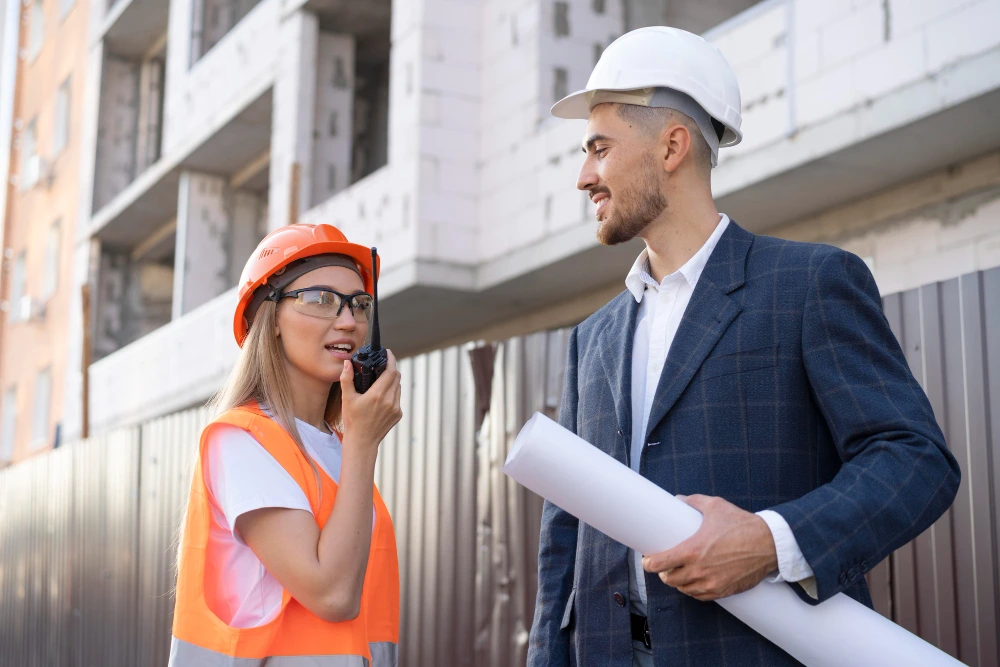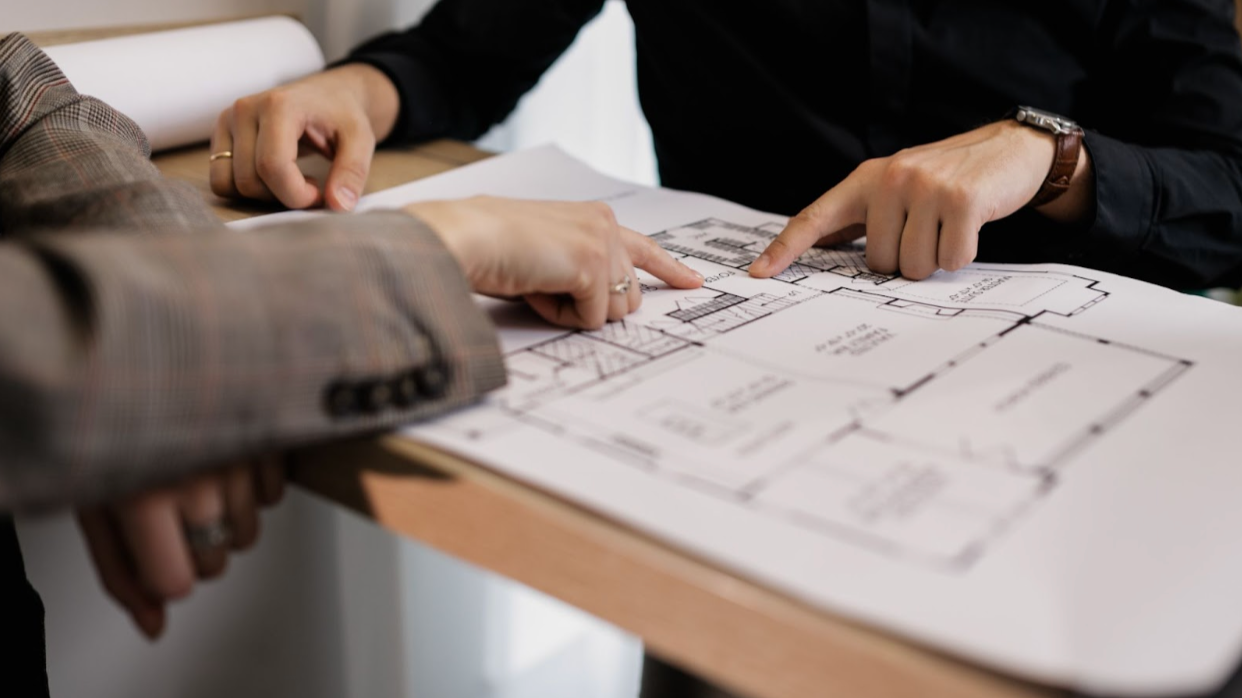As a landlord, maintaining your commercial property is essential to protect your investment, attract quality tenants, and avoid costly repairs. Regular inspections help you identify potential issues early, keep your building safe, and ensure that it meets all legal requirements. To make sure you don’t miss any crucial details, having a thorough checklist is a must. In this article, we’ll provide a comprehensive commercial building inspection checklist for landlords. This guide will help you cover all the important areas of your property to ensure everything is functioning properly and remains safe for tenants and visitors.

1. Roof Inspection
The roof is one of the most critical parts of any commercial building. A well-maintained roof keeps the building safe from water damage and helps maintain energy efficiency. Here’s what to look for:
- Leaks: Check for water stains or damp spots on the ceiling, especially after rainfall.
- Damaged Shingles or Tiles: Look for any missing or broken shingles that might allow water to enter the building.
- Ponding Water: Check flat roofs for areas where water collects and does not drain properly.
- Gutter Condition: Ensure gutters and downspouts are free of debris and allow for proper water flow.
By addressing roof problems early, you can prevent more serious damage to the building’s structure.
2. Exterior Condition
The exterior of your commercial property is the first thing tenants and potential clients will see. Regular inspections can help maintain curb appeal and prevent any safety hazards. Inspect the following areas:
- Walls and Paint: Look for cracks, chips, or peeling paint that could expose the structure to weather damage.
- Windows and Doors: Check for proper sealing and functioning locks to ensure security and energy efficiency.
- Foundation: Inspect the foundation for cracks or shifts that might signal structural issues. Pay attention to any unevenness or water pooling around the building.
- Lighting: Ensure that outdoor lighting is working and provides adequate visibility for security purposes.
Taking care of the building’s exterior helps maintain its value and improves its attractiveness to tenants.
3. HVAC Systems
The heating, ventilation, and air conditioning (HVAC) system is essential for tenant comfort and maintaining a healthy indoor environment. Proper maintenance also improves energy efficiency. Make sure to:
- Inspect Filters: Check and clean or replace air filters to maintain proper air circulation and prevent dust buildup.
- Check Heating and Cooling Functionality: Ensure that the system is providing adequate heat and cool air.
- Test Thermostats: Ensure that all thermostats are functioning correctly and maintain the set temperature.
- Examine Ductwork: Inspect for leaks or blockages in ducts that could hinder airflow or lead to energy loss.
Regular HVAC inspections not only improve tenant satisfaction but also prevent costly repairs from unexpected system failures.
4. Plumbing System
The plumbing system is another critical area to inspect. Water leaks or blockages can lead to costly damage if left unchecked. Here’s what you should look for:
- Leaks: Check all visible pipes for leaks or signs of corrosion.
- Water Pressure: Test faucets and showers to ensure proper water pressure.
- Sinks, Toilets, and Drains: Ensure that all sinks, toilets, and drains are functioning properly and do not have any clogs.
- Water Heater: Inspect the water heater to ensure it is operating correctly and is not leaking.
- Signs of Water Damage: Look for water stains, mould, or mildew on walls or ceilings, which could indicate hidden leaks.
A well-maintained plumbing system is vital for both the comfort of your tenants and the preservation of your building.
5. Electrical System
The electrical system is crucial for safety and functionality. A malfunctioning electrical system can pose serious risks to both the property and tenants. Here’s what to check:
- Circuit Breakers: Ensure the circuit breakers are working properly and that they aren’t frequently tripping.
- Wiring: Look for any exposed or frayed wires that could present a fire hazard.
- Outlets and Switches: Test all outlets and switches to ensure they are functioning correctly and safely.
- Lighting Fixtures: Check all light fixtures to ensure they are working, and replace any burned-out bulbs.
- Grounding: Ensure that the electrical system is properly grounded to prevent electrical shock or fire.
A safe, well-maintained electrical system is vital for the safety and comfort of everyone in your commercial property.
6. Fire Safety Equipment
Fire safety is one of the most important aspects of any commercial property. Regular inspection of fire safety equipment ensures that your building is compliant with fire codes and provides protection to tenants. Here’s what to look for:
- Fire Extinguishers: Ensure that fire extinguishers are accessible, fully charged, and serviced according to regulations.
- Smoke Detectors and Fire Alarms: Test smoke detectors and fire alarms to ensure they are in working order.
- Sprinkler System: Check the sprinkler system for proper pressure and functionality. Ensure it is well-maintained and clear of any obstructions.
- Emergency Exits: Make sure that emergency exits are clearly marked, easily accessible, and free from blockages.
- Fire Escape Routes: Ensure fire escape routes are clearly marked and easily accessible in case of an emergency.
Regular checks on fire safety systems help protect your tenants and prevent costly penalties for non-compliance.
7. Interior Inspections
The interior of your commercial property must be inspected regularly to ensure it is safe and comfortable for tenants. Here’s a checklist for interior areas:
- Floors: Check for cracks, loose tiles, or damaged carpet that could be a tripping hazard.
- Walls and Ceilings: Look for any cracks, holes, or water stains that might indicate structural issues or leaks.
- Lighting: Check that all interior lighting is working, including hallways, stairwells, and common areas.
- Elevators: If the building has elevators, inspect them for smooth operation, clean interiors, and functioning safety features.
- Ventilation: Ensure that common areas are well-ventilated and free from unpleasant odors or moisture.
Maintaining the interior of the building ensures a safe and comfortable environment for your tenants, leading to higher tenant satisfaction and retention.
8. Parking and Outdoor Areas
If your commercial property includes parking or outdoor spaces, make sure to inspect these areas for safety and functionality:
- Parking Lot Condition: Look for cracks in the pavement, potholes, or areas where water accumulates, which could be safety hazards.
- Lighting: Ensure that parking lot lights and outdoor lights are working to provide safety and security during the night.
- Sidewalks and Walkways: Check that sidewalks and walkways are free from cracks, debris, or obstructions that could cause accidents.
- Landscaping: Inspect landscaping for maintenance issues that could impact the property’s appearance or tenant satisfaction.
Proper maintenance of outdoor and parking areas helps create a welcoming and safe environment for tenants and visitors.
9. Security Systems
Security is vital for commercial properties to protect both the tenants and the building itself. Here’s what to check:
- Cameras: Ensure that security cameras are functioning properly and cover key areas of the property.
- Access Control Systems: Check that entry and exit points are secure, and access control systems (like key cards or biometric scanners) are operational.
- Locks and Keys: Inspect all locks and keys to ensure they are in good working order, and that only authorized individuals have access.
- Alarm Systems: Test alarm systems to ensure they are operational in case of a break-in or emergency.
A well-maintained security system provides peace of mind for both tenants and landlords.
Conclusion
A commercial building inspection is essential for landlords to maintain a safe, functional, and attractive property. Regularly inspecting the roof, exterior, HVAC systems, plumbing, electrical systems, fire safety equipment, and more can help prevent costly damage and ensure that your property remains compliant with safety codes. Use this checklist as a guide to keep your commercial property in top shape and provide a great environment for your tenants.




